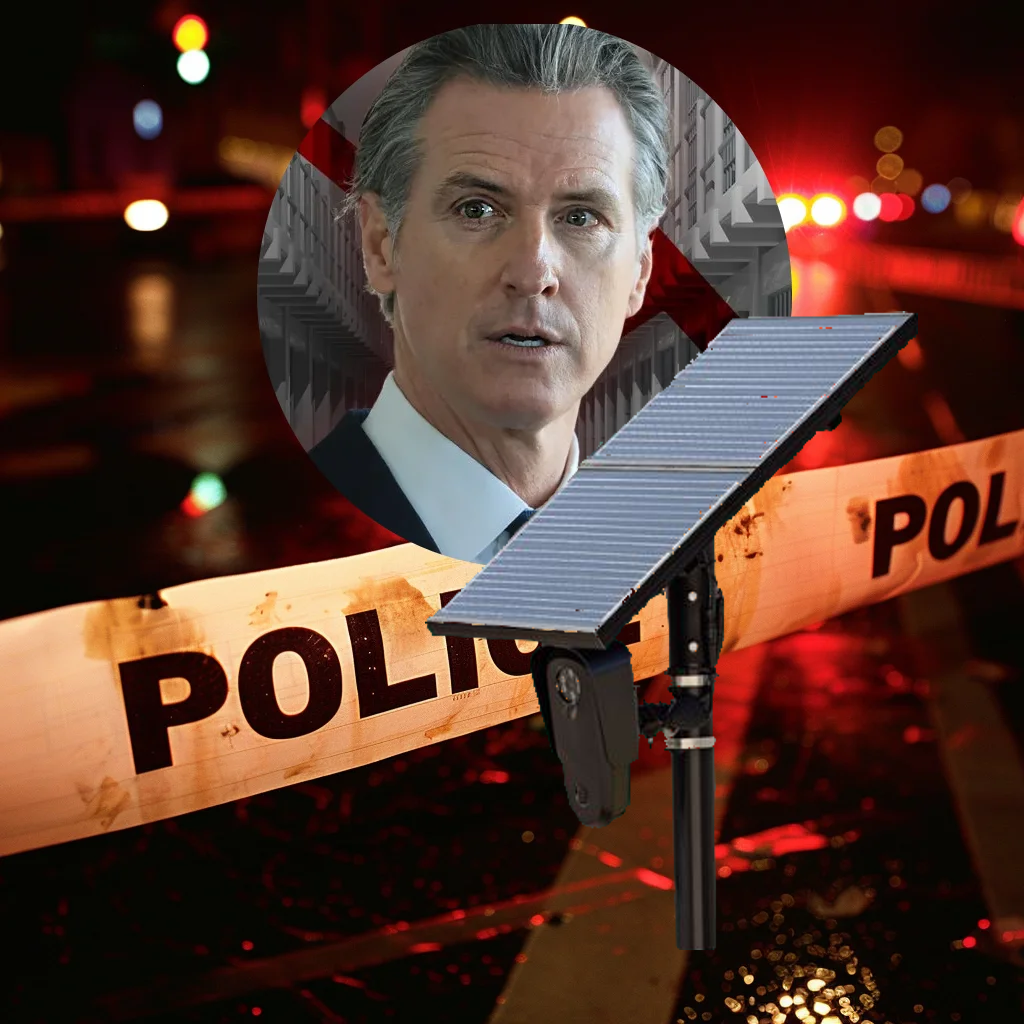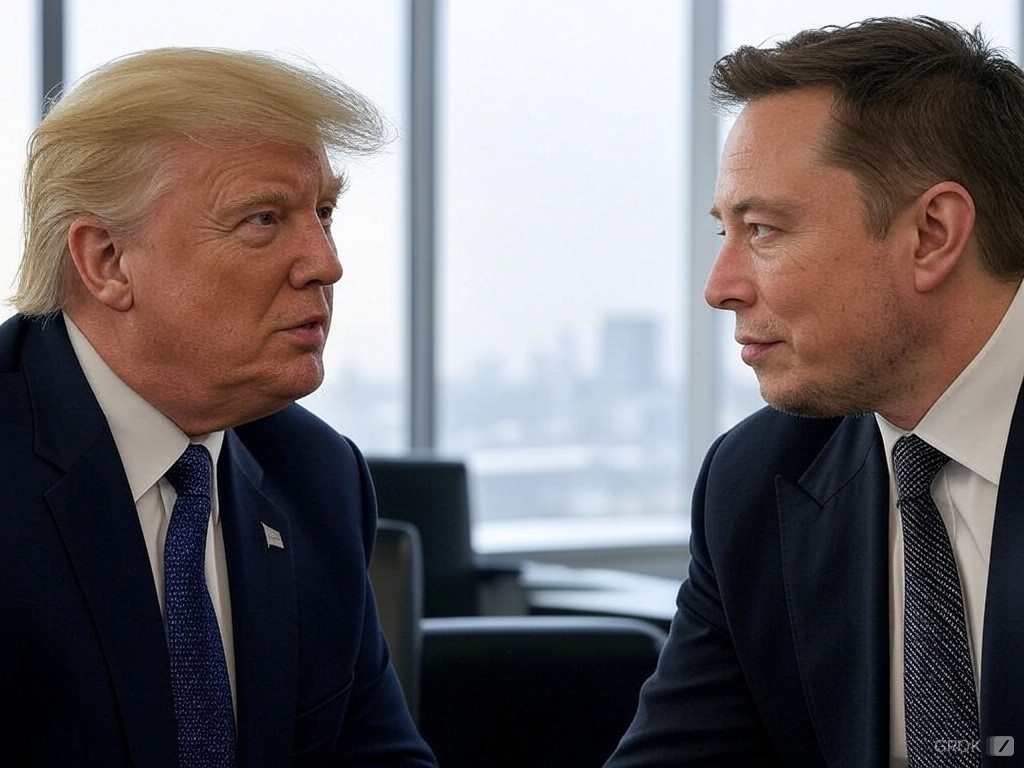Governor Gavin Newsom has taken a bold step to tackle crime in California by implementing a new surveillance technology across the state. This move has sparked debates on privacy and public safety, as hundreds of Flock Safety cameras are being deployed, marking a significant shift in crime prevention tactics.
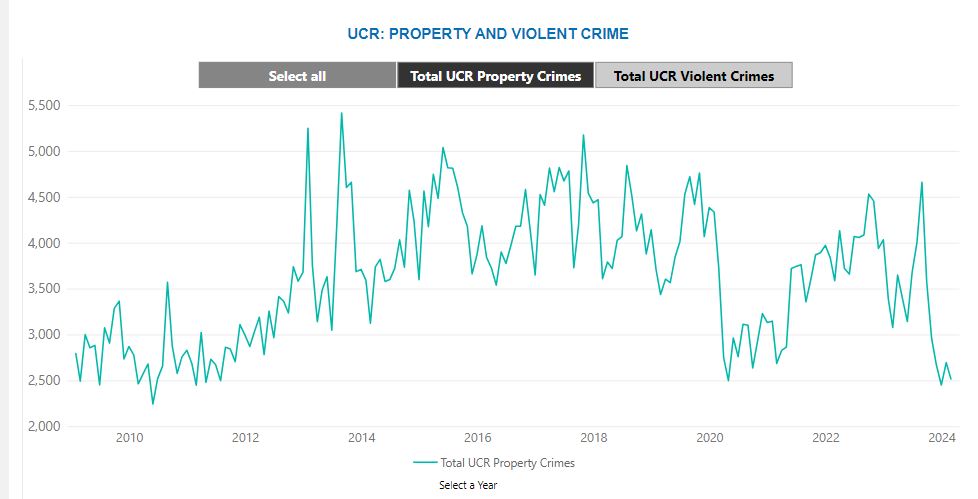
Flock Safety cameras are advanced surveillance devices that capture high-resolution images of vehicles, recording details such as color, make, model, and even unique identifiers like decals and stickers. Unlike traditional license plate readers, these cameras store data in a searchable cloud network, allowing for quick access and retrieval by law enforcement agencies.
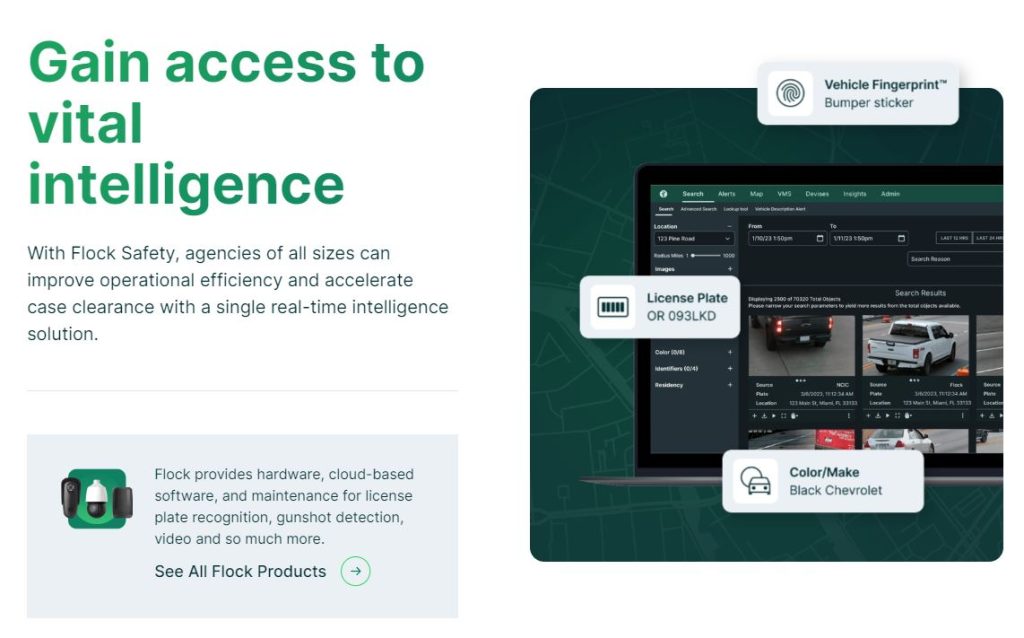
The California Highway Patrol (CHP) recently announced its first arrest facilitated by a Flock Safety camera. The incident involved a non-fatal shooting on the Bay Bridge, connecting San Francisco and Oakland. A Flock camera near Treasure Island captured the suspect’s vehicle, leading officers to quickly obtain the license plate number. The suspect, 42-year-old Adrian Martinez Emerson of San Pablo, was apprehended within hours, and a firearm was discovered in his car. This swift resolution highlights the potential effectiveness of the Flock system in aiding law enforcement.
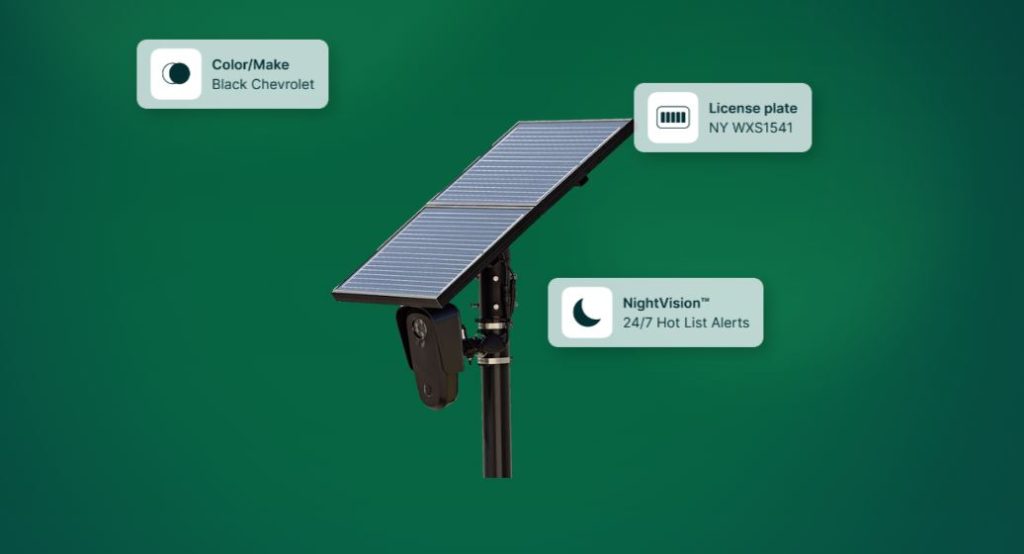
Currently, hundreds of Flock cameras are being installed in Oakland and along East Bay freeways, with potential plans for statewide expansion. This technology is not limited to public use; many private entities across the nation also utilize Flock cameras for enhanced security. Governor Newsom’s administration has spearheaded the purchase of 480 cameras specifically for Oakland, addressing the city’s rising crime rates.
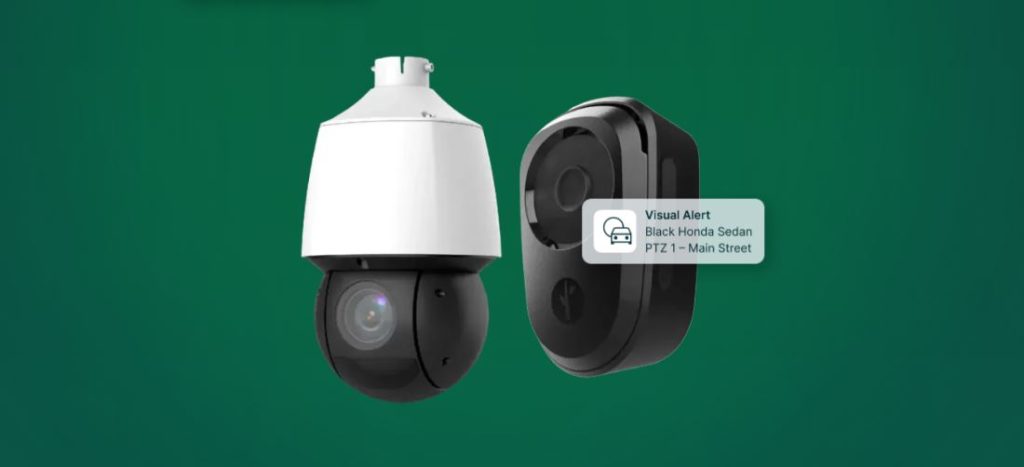
While the capabilities of Flock cameras promise improved crime detection and prevention, they also raise significant privacy concerns. The data collected by these cameras is stored for 28 days, accessible only to law enforcement. However, the existence of a vast database tracking vehicle details has prompted debates over potential misuse and the implications for citizens’ privacy rights.

Governor Newsom has publicly praised the introduction of this technology, emphasizing its role in ensuring public safety. “Through new state-of-the-art technology and the deployment of officers, California is doubling down in our efforts to keep our communities safe,” Newsom stated. He commended the CHP and other agencies for their commitment to securing accountability and protecting Californians.
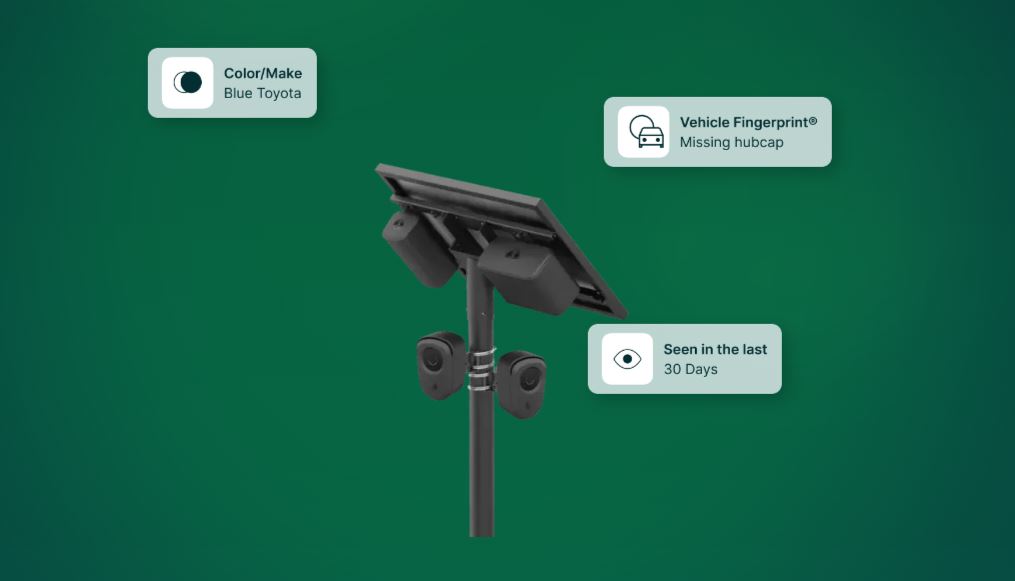
Despite the governor’s assurances, the expansion of surveillance technology has been met with mixed reactions. Some residents appreciate the increased security measures, while others fear the encroachment on personal freedoms and the potential for a surveillance state.
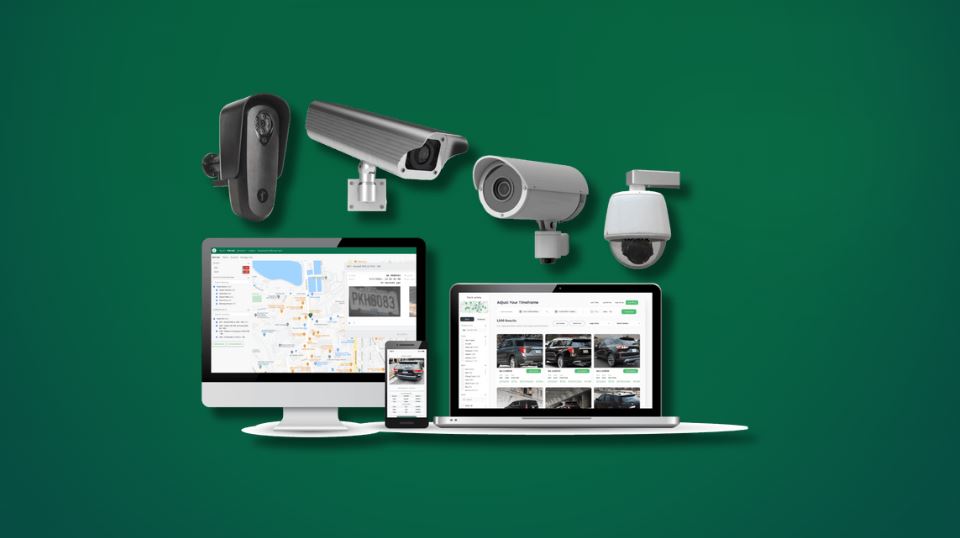
As the deployment of Flock cameras continues, California stands at a crossroads between enhancing public safety and preserving individual privacy. The success of these cameras in preventing and solving crimes could lead to broader implementation across the state, setting a precedent for other regions grappling with similar issues.
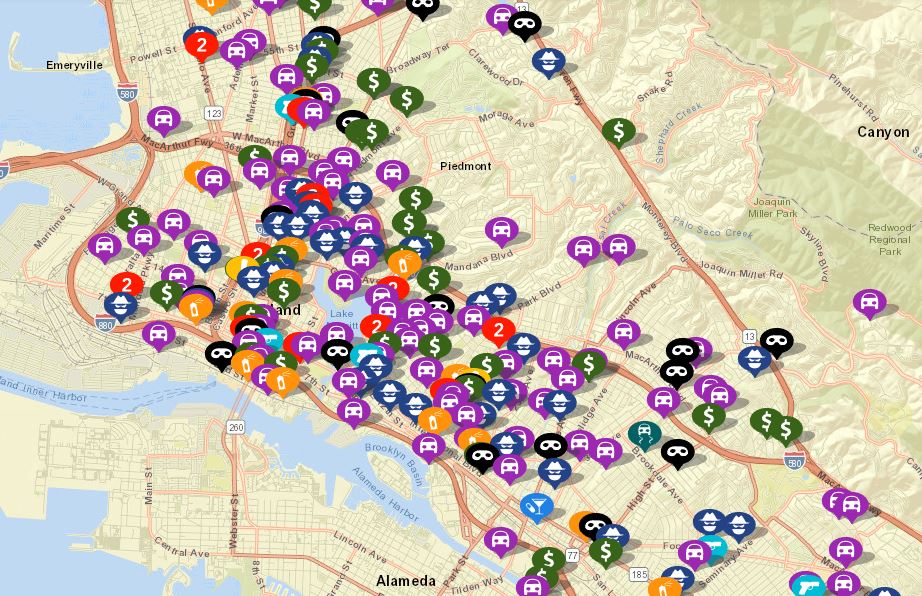
However, it remains crucial to balance technological advancements with robust safeguards to protect citizens’ privacy rights.

Governor Gavin Newsom’s introduction of Flock Safety cameras represents a significant development in California’s approach to crime prevention. While the technology shows promise in enhancing public safety, it also necessitates careful consideration of privacy concerns to ensure a balanced and just implementation.

